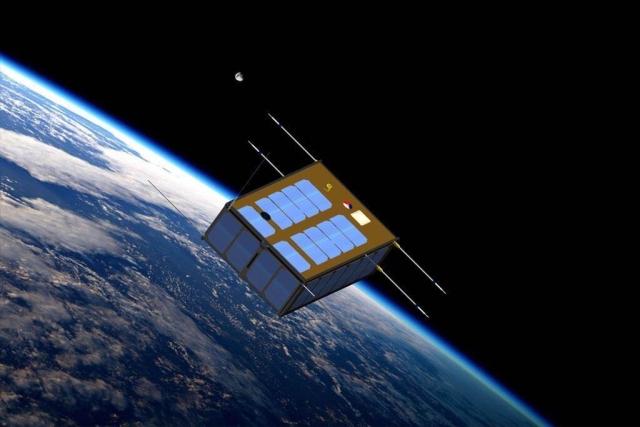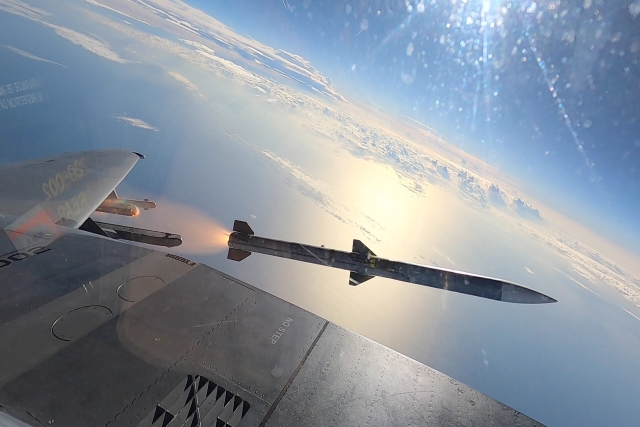Future Military Robots To Be More Quiet, Lethal And Intelligent

Militaries across the globe have begun implementing the use of robots for various military and naval activities. From autonomous underwater vehicles (AUV) to ground robots everybody wants a piece of the action. Australia has also undertaken an ambitious robotics project, the MoD is looking to develop a new generation of unmanned maritime drones that would be used for anti-submarine warfare and possible missile attacks on enemy ships. A fleet of Royal Navy unmanned underwater vehicles (UUVs) is already being used in the Gulf to help prevent Iran laying mines in important sea lanes, and ministers are now considering whether similar devices could be used to tackle pirates off the coast of Somalia. The Russian Navy also plans to equip the unmanned submarines in which the issue of the creation of an autonomous unmanned submarines fleet has been in discussion since 1980. Large UUV programs exist in Australia, Great Britain, Sweden, Italy and other countries. In the future, UUVs will be equipped with advances in machine intelligence, closed-system propulsion, long-life rechargeable batteries, digital data storage, through-water communications, and rugged-environment embedded digital signal, surveillance and reconnaissance relocatable covert communications and networking nodes; electronic warfare; anti-submarine tracking; and perhaps even weapons delivery. Military robots are as popular; next week the Pentagon will launch one of its robots to achieve greater autonomy. The PackBot, a tracked robot used by US troops to help clear bombs in Afghanistan, will get a number of upgrades that will allows it to operate autonomously in some situations, according to Tim Trainer, a vice president for product management at iRobot. Earlier this week, Israeli robotics developer Roboteam introduced a new miniature robot designed for intelligence gathering and counter IED operations. The ultra-light, 13-lb, highly maneuverable robot can be carried by an individual soldier, climbs stairs and 60⁰ obstacles, operates effectively indoors utilizing secure MANET data link. The U.S military along with DARPA have begun researching ways for soldiers to use their minds to remotely control androids. The Pentagon has earmarked $7million for research into the project, nicknamed Avatar. The Pentagon recently began development of new chameleon robots. DARPA has built prototypes of the robot, which like a chameleon, changes color to blend in. The prototype is an early model with the robot tethered to the control system. DARPA officials said the next model will potential have more self contained hardware. It is clear that the military robotics arena is far more advanced and developed in comparison with its naval counterparts. According to various studies, the AUV market is set to expand up to $2.3 billion by 2019 while the military robotics field is expected to surpass $8 billion by 2016.










